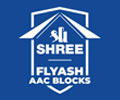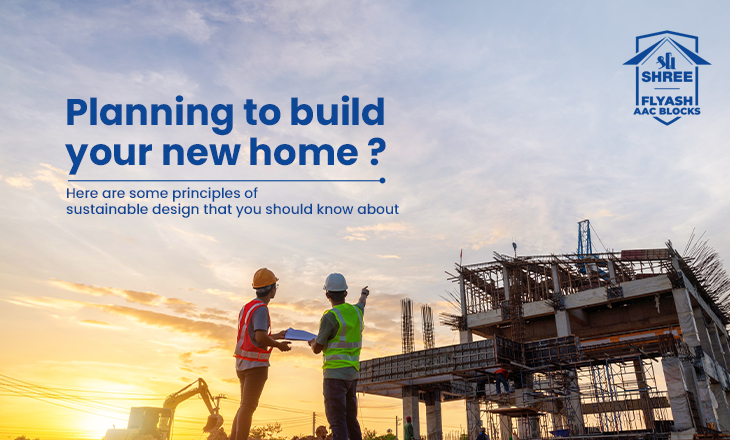In today’s world where environmental concerns have become increasingly pressing, it’s important for architects, contractors and builders to embrace the principles of sustainable design. This means using processes that are environmentally responsible and resource-efficient throughout a building’s lifecycle, from designing to construction, from operation to maintenance. This means using eco-friendly building blocks. Here are some principles of sustainable design that you should know about:
- Optimise site’s sustainable potential: One of the key principles of sustainable design is to optimise the potential of the site where the building will be constructed. This means taking into account factors such as natural light, wind patterns, and topography to minimise the need for artificial lighting and heating. For instance, the building receiving ample sunlight during the day will reduce the need for artificial lighting.
- The energy performance of the building: A very important part of sustainable design is to improve energy performance of the building. This means reducing energy demand for building operations (heating and cooling), without affecting the health and comfort of its occupants. Energy-efficient buildings can significantly reduce the dependence on fossil fuel-derived energy. This can be achieved through the use of renewable energy sources such as solar or wind power. Also, using certain building materials such as autoclaved aerated concrete blocks can help in improving the building performance in terms of heat insulation.
- Protect and conserve water: Freshwater is increasingly becoming a scarcity. A sustainable building design and construction is one that uses water efficiently. The use of autoclaved aerated concrete blocks and eco-friendly cement can help save water during construction as they do not require curing. Once the building is ready, water-efficient should be used. Collecting and reusing rainwater and designing landscapes that require minimal water can also help.
- Optimise material use: The optimisation of materials used in buildings is a very important factor in the life cycle environmental impact. The use of greener materials can help reduce the carbon footprint of buildings. A sustainable building is designed with materials that are non-toxic and made of eco-friendly materials.
- Optimise operational and and maintenance practices: The final principle of sustainable design is to optimise operational and maintenance practices. This means designing buildings that are easy to maintain and operate. This means that using materials and systems that simplify operational practices and reduce maintenance requirements.
A very important part of sustainable design is the use of building materials that are sustainable and environmentally friendly. An autoclaved aerated concrete block is one such building material. If you are looking for eco friendly building blocks, here are some reasons to use Shree Flyash autoclaved aerated concrete block:
- They are made from eco-friendly materials: Made with fly-ash, a thermal power plant waste, our Flyash AAC Blocks are an eco-friendly alternative to red clay bricks. Traditional red clay bricks are responsible for the erosion of the topsoil. They also require less energy to produce than traditional building materials.
- They have superior heat-insulating properties: This means our Flyash AAC Blocks can reduce energy costs by 30% due to the lesser need for air conditioning. This means with the use of AAC blocks, the house remains cool in summer and hot during winter.
- They do not require curing: Unlike traditional red bricks, Flyash AAC Blocks do not require curing during the construction. This means less wastage of water.
- They reduce the need for steel and mortar: In comparison to red clay bricks, Flyash AAC Blocks offer wider surface area, easy binding and, thus, reduce steel and mortar use.
All these features of Shree Flyash AAC Blocks make them suitable for green buildings. Moreover, when you use Flyash AAC Blocks, the builder will gain credit points for using them.

